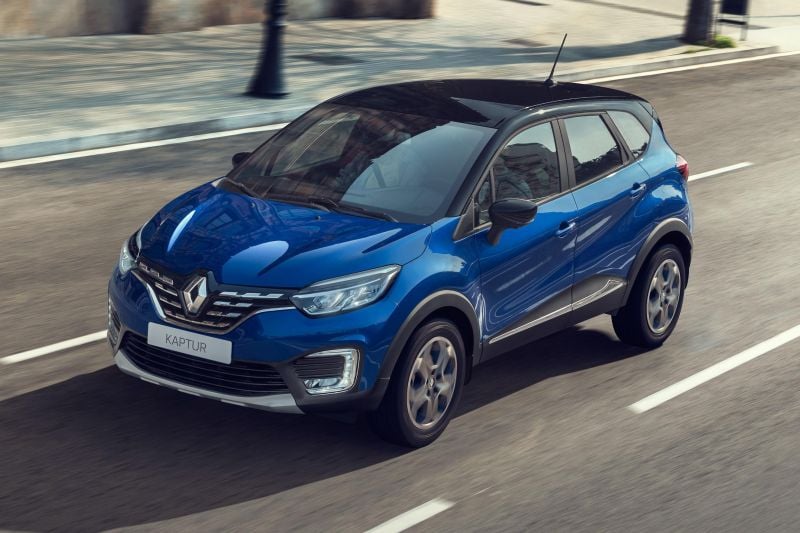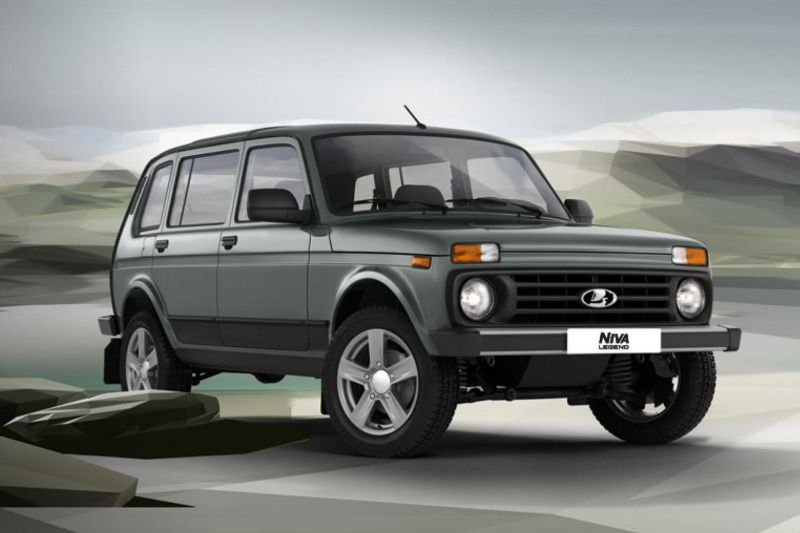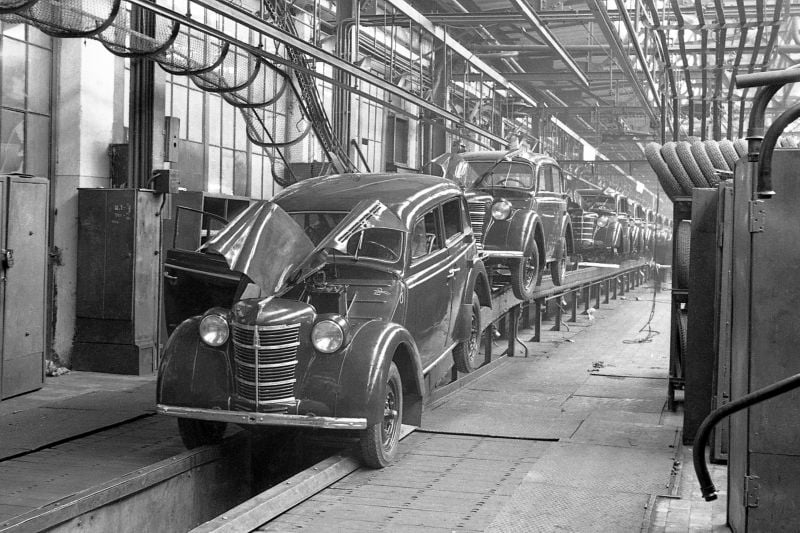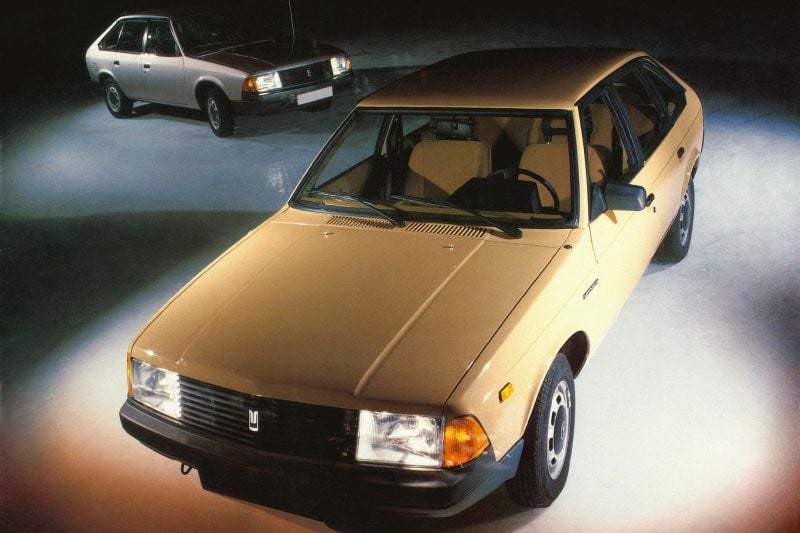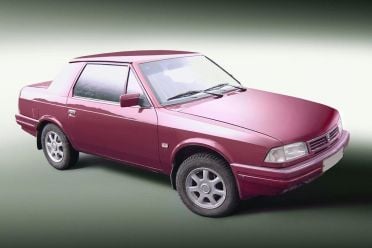A famous Soviet-era nameplate could be returning.
Russia’s invasion of Ukraine has seen multinationals from McDonald’s to Renault withdraw from the Russian market.
The latter’s belated departure has opened the door for the return of the Moskvitch brand.
Moscow mayor Sergei Sobyanin said on his blog the nationalised Renault factory will be repurposed to produce Moskvitch-branded cars.
“The foreign owner has decided to close the Moscow Renault plant. It has the right to do this, but we cannot allow thousands of workers to be left without work”, said Sobyanin in translated remarks.
“In 2022, we will open a new page in the history of the Moskvitch.”
The mayor said the intention is to have most of the team remaining at the plant, which will initially produce combustion-engined cars. Later, it’ll start production of electric vehicles.
The city of Moscow, truck and bus manufacturer KAMAZ, and the Ministry of Industry and Trade will work together to localise the production of automotive components in Russia.
It’s unclear what these reborn Moskvitch vehicles will look like.
The Renault Group sold its 67.69 per cent stake in AvtoVAZ, Lada’s parent company, to the Russian Central Research and Development Automobile and Engine Institute (NAMI), and Renault Group shares in Renault Russia have been sold to the Moscow City entity.
The deal includes a clause allowing the Group to buy back into Russia at a number of points in the next six years.
“The closing of these transactions is not subject to any conditions, and all required approvals have been obtained,” the Renault Group said in a statement.
While some automakers, including Volkswagen, Toyota, and Ford, were quick to halt production and cease most work in Russia after it invaded Ukraine in February, Renault was more cautious in its approach.
It even restarted manufacturing in late March, only to backtrack a day later.
At the time Lada said it was trying to replace “some critical imported components with alternative solutions”, and working on special versions of its vehicles “with reduced exposure to imported components”.
Though it never exported vehicles to Australia like Lada, the erstwhile Moskvitch concern did export vehicles to Europe.
It was one of several automakers in the Soviet Union. Other well-known concerns included: AvtoVAZ, which produced Lada vehicles and survives today; GAZ, which produced large Volga sedans; and ZiL, which produced large sedans and limousines for Soviet officials.
The name, also spelled Moskvich, means “a native of Moscow”, though the company was founded as KIM in 1930.
Its first vehicle was the KIM-10, the first passenger car designed in Russia. Production was suspended due to World War II and, after the war ended, the company began producing the Opel Kadett-inspired Moskvitch-400 in 1946.
The following two generations of Moskvitch were conservative, rear-wheel drive compact cars, though in 1986, the brand introduced its first front-wheel drive model, the Aleko.
This was heavily inspired by the Simca 1307/Chrysler Alpine that had been released a decade prior.
The company suffered after the fall of the Soviet Union, not only because the market opened up to more desirable imports but also because of its own financial problems.
Production of the Aleko ended in 1997, though ostensibly more upmarket sedan and coupe versions under the 2142 banner carried the torch for the Moskvitch brand until it was axed in 2001.
The company declared bankruptcy in 2006 and was liquidated the following year.





